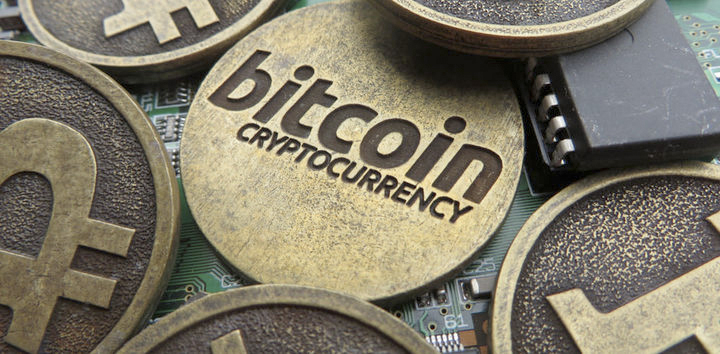On 3 Jan 2008, Satoshi Nakamoto set in motion his plan to create a new form of money that is independent of any government or bank. The evolution of bitcoin and blockchain over the last decade has been so remarkable that even Satoshi himself could not have imagined the impact of his work. Particularly, 2018 has been a marathon year for cryptoassets. As we entered 2018, the market was still chasing the highs of 2017, but, early on it became clear that a massive pullback was in play, which ended up lasting throughout the year. However, we must not be fooled by this crypto bear market. As Mati Greenspan, Senior Market Analyst at eToro says, it disguises some positive news
From increased institutional interest to more regulatory certainty in the market, the infrastructure that traditional markets rely on has been under construction throughout the year. By many metrics the cryptoasset space has seen incredible growth.
With all this in place, all signs are pointing towards 2019 being the year that we see a greater level of integration between crypto and traditional markets. According to analyst Greenspan, the brand new year will be the year of tokenization.
Understanding the value of cryptoassets has always proved a problem for investors, particularly as 2018 saw a slow and steady decline punctuated by bouts of volatility. This is why the latter half of 2018 was iconosized by the introduction of many new stable coins.
Stablecoins peg the price of a digital token to a real-world currency so investors can be sure of the value of they’re holding, as well as having access to a currency that is tradeable freely and instantaneously. In doing so, the market naturally takes a step closer to a fully tokenized world.
The best way to think about stable coins is “tokenized fiat”, as they have all the advantages of a cryptocurrency but without as much volatility. As we move into 2019, we’re likely to see many more types of financial assets being tokenized. Most likely starting with stocks and ETFs, but just about anything that has a value can essentially be represented as a digital token on a blockchain, making it easier to transfer ownership directly from person to person instantly across the internet.
We can also expect even greater institutional interest in the crypto market in 2019. In 2018 we saw plenty of statements of intent from financial services incumbents, who are keen to provide crypto-related services for their clients. This was largely driven by demand from clients, and we finish 2018 with the news that the new crypto holding service known as Bakkt has raised $182 million from institutional investors.
In 2019, the priorities for financial heavyweights include exchanges, ETFs and cryptoasset custody, more futures markets, and additional crypto related trading vehicles. As they enter the market, institutions will bring with them clients who want to access cryptoassets on their own terms, through a medium they are familiar with.
Maturing regulation
Finally, we come to the ongoing debate around regulation. The bull run of 2017 attracted the attention of regulators across the world as governments sought to protect investors from the volatile market.
For Mati Greenspan from eToro, it’s fair to say that so far regulators have struggled to grapple with defining cryptoassets, and therefore how they should be regulated.
What we’re speaking about here is programmable money and new practical applications of this are being invented on a daily basis. So, the challenge for various countries is how to be part of that innovation and still protect their citizens at the same time. If regulators act quickly, greater clarity for investors around cryptoassets will do wonders for the development of the market.
2019 is set to be an interesting year for traditional markets too. As investors come to terms with a possible shift in monetary policy from the central banks, political upheaval through the likes of Brexit and greater scrutiny of traditionally well performing tech companies.





